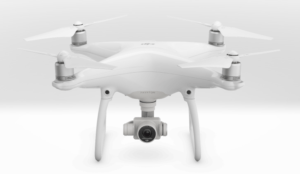
Guest post by Terry Holland —
The release of the DJI Phantom, over three years ago, was a great step forward for the consumer drone market, but it came with a number of issues. Erratic electronics, questionable mechanics and almost non-existent customer support plagued the early roll out of the Phantom series and a pervasive lack of dependability left this potentially ground-breaking technology teetering on the edge of consumer acceptance. But the concept of what DJI was offering was so promising that I, and a lot of other early buyers overlooked the fact that we were essentially beta-testing DJI’s technology in the field and we stuck with it. I followed up my first Phantom with a second and then a pair of Phantom 2 quads as they were released and then upgraded. I skipped the Phantom 3 iteration and jumped directly to a dual operator DJI S900 hex rotor with a GH4 and never looked back.
Until now.
The micro four-thirds sensor in the GH4 does incredible things and the X5R (on the Inspire platform), with its 4K raw capabilities was next on my list, but conversations about what DJI was planning for a rumored new Phantom 4 made me wait to see if they could possibly be true.
If you’re interested in the P4 you have likely read about the improvements to the camera, body aerodynamics, and gimbal along with object avoidance and the promised longer flight times. I won’t repeat what’s available on the the DJI site and in the press releases. Instead, I will focus on my observations about flying the improved Phantom 4, working with DJI, and why that matters.
Prior to the P4 I found it necessary to use an outfit like DSLRPros to get my DJI equipment functioning the way I wanted it to. They and other after-market modifiers and distributors swapped out the stock DJI RC units with the more capable Futaba controllers, added on-board craft FPV cameras, provided flight instruction courses and developed turn-key, ready-to-fly kit solutions. They enabled me to pay less attention to the mechanical challenges of capturing drone video and focus more on getting great media results. These companies provided critical finishing touches lacking from the original manufacturer’s design. They were early market innovators that led the way toward better product utility.
With the P4 release, however, DJI has in many regards finally caught up. This drone has just about everything a flier could ask for. The stock RC now gives you all the range you should reasonably need (claimed 3.1 miles, but are you going to let your investment get that far out of sight?) to get your shot, and the dual GPS/Glonass capability provides excellent mid-air stability. This capability, combined with the VPS (visual positioning system for indoor/outdoor use), lets you mimic crane and dolly shots with a smoothness and level of control that allows great capability in shot design and execution. Add the extended battery life and you have the potential for some excellent shots. As with a few prior DJI platforms, the P4 allows complete manual control of the onboard camera. The P4 camera improvements include better sharpness in the corners is evident and a reduction of chromatic aberration. Adding the 120 fps option in 1080p HD is a nice touch with definite utility.
Where the Phantom 4 really shines is in the DJI GO app’s capabilities to self direct the flight of the P4. You can identify and lock on to a person or an object and track/follow or use them as a point of interest whether they are stationary or moving. You can establish waypoints and set repeatable flight paths while independently controlling camera yaw and tilt. You can orbit a subject, you can follow (and with OSS engaged!), and you can combine manual input with a programmed flight selection that will allow you to independently and single-handedly construct high value shots that were really tricky to pull off, just a year ago. The capabilities that DJI have stuffed into the Phantom 4 are more advanced than various other platforms that cost much, much more.
I get the most out of a review when I get information that is like a conversation around a table, the kind of things that I’d learn from someone passing along practical experience. Here a few random tips I learned that you won’t find on the DJI site:
It typically takes about an hour to upgrade all the firmware/software out of the box. Take your time and do it right. The same goes for charging your RC and battery before you start the process.
You won’t immediately notice the clear plastic cover on the mount opening on the underside of the cool new quick mount props. Make sure to peel back ALL the little bits before mounting if you don’t want to mis-mount or leave your props mysteriously unbalanced.
Pay careful attention to removing and remounting the piece of plastic that serves as a gimbal/camera stabilizer when you are not flying your craft. This piece is necessary for shipping your craft and avoids your camera and gimbal slamming around (and covers the lens) when not in use. A trick for reattaching the piece correctly is to look underneath the two landing legs and find two indented lines in the gray rubber, about where the piece should attach. Make sure that the piece is attached in between the lines so you don’t damage the gimbal by storing it under stress.
The new larger batteries have a convenient space right on the case where you can write your contact info and FAA reg. number with a Sharpie. After it dries a bit it is relatively permanent if handled with care. Writing on the old Phantom’s plastic would rub right off.
Similarly the back of the gimbal has a nice flat spot that takes a fine point Sharpie nicely.
Save the foam packing material/box from the spare battery that you’ll inevitably order. LiPo batteries absolutely need care in handling and the precut foam is great protection for a battery in your carry-on luggage (Do NOT pack a LiPo in your checked baggage as it will likely be removed and in some cases, your luggage pulled).
Depending on the flight conditions and how aggressively I flew, I could consistently get flight times in the 20-23 minute range. I was flying at the freezing point and warmer conditions along with more careful flying would definitely put me close to the ideal projection of 28 minutes.
This is a small one, but I made sure to order my new iPad Air 2 (which is also the largest size pad that the provided carrier can hold) in Space Gray because the screen surround is in black. This helps avoid unnecessary reflection from the white surround on the other color choices.
The motor placement and arm dimensions are close enough that you can use a Phantom case with pre-cut foam (a leftover from a sad P2 flyaway for me!) to accommodate your new Phantom 4 until someone comes out with some P4 foam for tough cases. The dense styrofoam-like case that comes with the P4 is very well designed and executed but can hold nothing bigger than an iPad Mini and will have a definite durability limit with repeated use.
By all means, test each of the built-in features before you plan to use them at a shoot. The first time that you choose to use things like Active Track and Tap Fly you will be stopped dead in your tracks as the DJI GO app walks you, step by step, through a bottom of the screen, on-the-fly (pun intended) tutorial that reviews how to use the chosen feature. Your shot progress will be interrupted while you zip through the reminders, so go through the process before you get to your shoot.
My initial attempt at flying in Active Track mode was unsuccessful. Likely it was due to flat, overcast exterior light and a sloping driveway behind my body profile; probably not enough discernible difference for the software to identify me as the intended target. The second try was on a partly sunny day from a height of 15 feet with a 45 degree camera down angle while I was walking on a flat road. This worked perfectly, executing surprisingly smooth pans while keeping me centered in the shot as I walked left and right. Like they say in the manual, works under most conditions….
If you want to get a smooth panning shot while making a straight descent but are handling all the controls yourself, try putting the P4 into an auto-descend mode (e.g. auto landing, RTH) and while the craft is slowly and stably lowering itself to the ground you can grab a very smooth pan by nudging your yaw control to one side or the other. Reverse the clip in post to make yourself a rising reveal shot.
Think of the Obstacle Sensing System (OSS) as training wheels for a bicycle. It’ll help you in some cases and while it is an important and great start, it is definitely not foolproof. It helps avoid frontal collisions not eliminate them, and it doesn’t work while tracking laterally or dollying out from a shot. It accurately stopped when it detected my garage door and a random tree but when I flew slowly toward my chimney, even with the top of it, the OSS didn’t detect it and stop the craft, I had to do so manually. (And hey, DJI! With your current design you can only offer OSS to a shot that is flying straight in at the subject you are shooting which is great for a push in shot. If your next gimbal design for the P4 or P5 would allow the camera to increase its tilt beyond 90 degrees straight down, and to include the ability to point straight back, then it would allow a pull out shot with the camera still on the subject while flying the drone with the nose away from the subject, providing the OSS for the dolly out shot. Very helpful for a solo operator who is focusing on shot composition as well as flight path obstructions.)
Another suggestion for DJI: even if the mobile device that is capturing your P4 footage compresses the footage to a resolution less than the original media saved to your on-board micro SD card, it would still be nice to be able to pull the streamed footage off your iPad. I called DJI technical support three different times for guidance on this and got three different answers, all incorrect (e.g. “It’s probably something with your iPad Air 2 and that’s Apple’s problem, not ours.” when it’s actually a DJI app limitation.). I gave up and went back to the DSLRPros. I received a clear answer from their tech support team. Apparently, what streams to your tablet/phone is an 8 bit “preview” quality file that you can edit inside the app for export to YouTube, etc.. If you’re shooting in 4K you must transfer directly off your micro SD card to use the full file size. The fact that I had to finally get an answer from a third party is an important point. With the Phantom 4 selling everywhere at the same price, you may want to consider carefully from whom you buy it. If you have a dealer with whom you have experience and know has good tech support, I would think carefully about sticking with them. My experience with DJI tech support has been solid for the simple things but less good on anything deeper.
Note also that DJI does not provide you with a micro SD card/USB/slot reader adapter for direct card download (you’ll need your own). Once you have one, pulling your original, full size media off your card to your computer is no big deal.
Here’s an interesting note for all you tech whizzes; since the rule of thumb calls for a fractional shutter speed with the denominator value of roughly two times the frame rate that you shoot (ex. 24 FPS, then shoot at 1/50 second, 30 FPS shoot at 1/60 second), then what shutter speed should you use if you are shooting at 60 and 120 FPS? You guessed it, if you’re shooting 60 FPS use a shutter speed of 1/120 second, 120 FPS use 1/240 second.
Oddly, the Online Support tab on the DJI site immediately pops up when you click the “Pre-Sale Service” link but when the “After Sale Service” link is clicked you receive a message that there’s no such page found. I’ve mentioned it to DJI.
All in all I found a noticeable improvement in the attention to detail on the part of DJI with the new Phantom 4. And that’s important. Not only have the performance concepts of the P4 been well thought through, they have also been executed quite well. It’s a challenge to grow a company across a wide variety of platforms, at a speed that accommodates the lightning pace of ever-improving technology, all while keeping ahead of the competition and giving good value to the consumer. With the Phantom 4 quad DJI has taken a big step toward doing so, and has set the bar high for their competition. The Phantom 4 will force some competitors to either go back to the drawing board or reorient their interest to much more specialized commercial drone applications. There is only so much space in the consumer/prosumer drone market and at the moment DJI is overwhelming the competition. The P4 is versatile and capable and will continue to develop as a useful quad that anyone can fly. You can leave everything in automatic mode and enjoy hobby flying while capturing cool media or you can also delve much deeper into the P4’s capabilities for more professional results. I’ll report more on those in another review, this is enough for now because time spent writing is time not flying! Have fun, follow the ever-changing rules with your Phantom 4 and fly safely and responsibly, for all of our sakes!
Terry Holland
Frank Schroth is editor in chief of DroneLife, the authoritative source for news and analysis on the drone industry: it’s people, products, trends, and events.
Email Frank
TWITTER:@fschroth

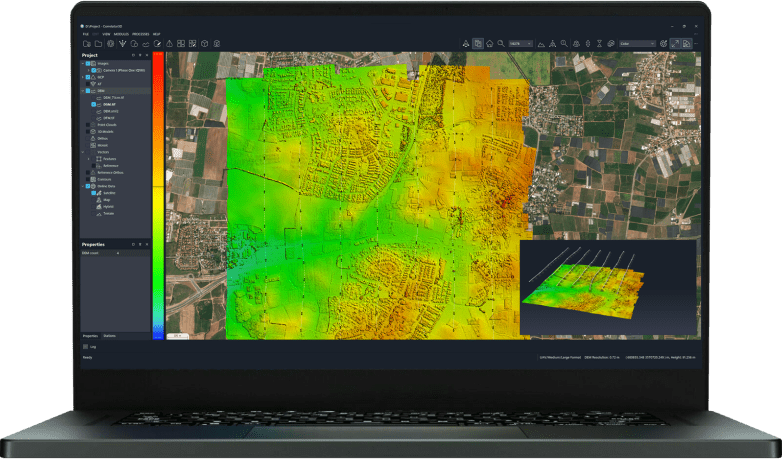
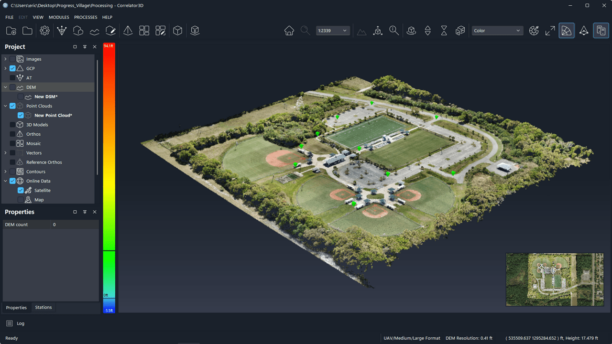
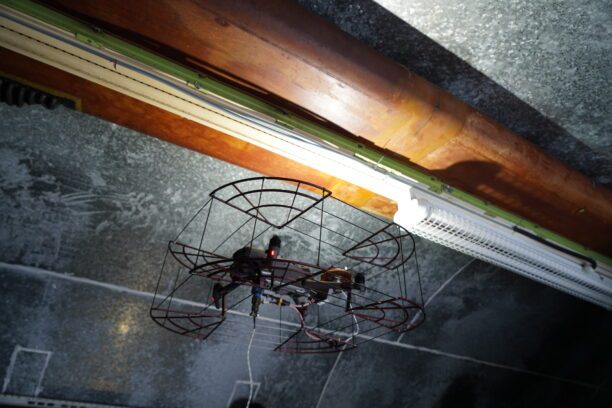
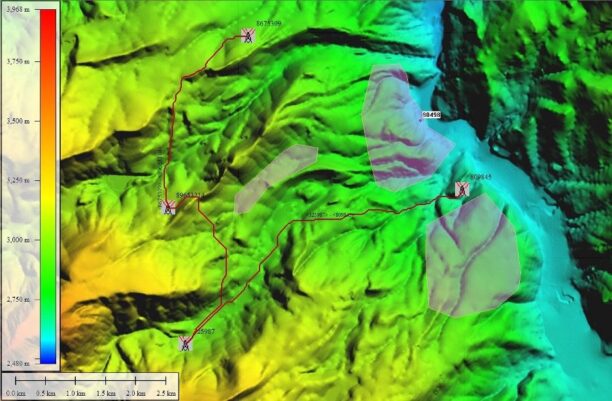
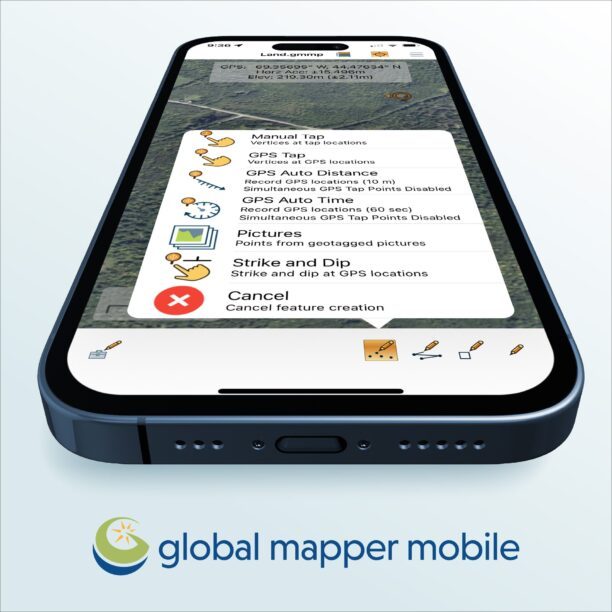

this drone still needs some improvements , the propellers can still be seen in videos, it is clear that the propellers need to be mounted higher, also the undercarriage is visible in videos, when using the manual controls the camera camera pan and tilt is to fast and jerky needs to be slower , there is no mention is this can be slowed down, i am not convinced, however i will wait for the Egg Drone when it comes out, 360 degree camera operation , Bam
Thank you for all the information. I would like to suggest that folks who want to buy a Drone…please check out BLADE CHROMA 4K Drone…This Drone is wicked awesome!!
nice feed back, we will never get the perfect drone, i wonder if DJI get those goggles in which your head movements will control the camera, now that will be great
Waiting for more tips!
Hi Niko, Glad you enjoyed the article. I’m trying to accumulate enough tips to put together another short update. Stay tuned!